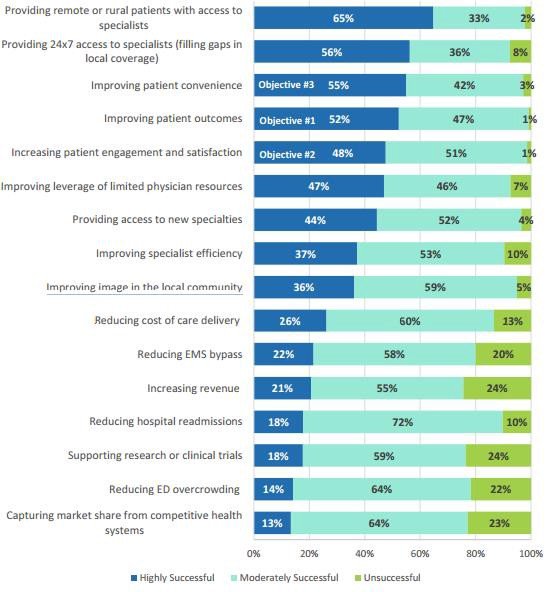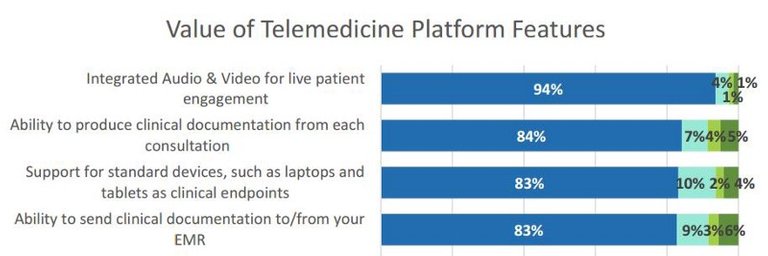The answer to this question is a resounding yes! “More than 40 years of research have provided a wealth of information about the overwhelmingly positive aspects of telemedicine which meet industry objectives. “PubMed… includes over 12,000 citations of published works related to telemedicine… Over 2,000 evaluative studies… have been published in two journals devoted to telemedicine alone.” Most of these studies show that virtual healthcare such as that provided by WELL International Telemedicine, is fulfilling the objectives of doctors, specialists, nurses, healthcare executives and other associated parties, extremely well.

Making Telemedicine a Priority
Some of the results from the 2017 US Telemedicine Industry Benchmark Survey are discussed here in this article. The survey involved participants who are “healthcare executives, physicians, nurses and other professionals throughout the United States.” The information they gave showed that: “Slightly more than half of survey participants noted telemedicine as a top priority or high priority.” This is a result of their own personal experience or that of colleagues, and the substantial number of positive research reports pertaining to many different medical conditions in which telemedicine can play a productive role.

Telemedicine Objectives
Study participants rated their priorities for a telemedicine program. From the most popular to least popular, these comprise: “1. Patient oriented-access, convenience, satisfaction and outcomes 2. Improving leverage and efficiency of limited physician resources 3. Reducing readmissions and cost of care 4. Improving image in the local community 5. Improving financial performance 6. Reducing EMS bypass.” All these six points can be deemed as forms of efficiency within the healthcare industry.
Success with Telemedicine Objectives

Approximately 50% of the study participants stated that they experience great success with the patient-oriented objectives. Namely: “providing remote or rural patients with access to specialists; providing 24x7 access to specialists (filling gaps in local coverage); improving patient convenience; and improving patient outcomes.” Slightly under 50% of respondents noted that they enjoy success with other objectives: “increasing patient engagement and satisfaction; improving leverage of limited physician resources; and providing access to new specialties.” The largest success experienced by study participants was unsurprisingly, being able to offer remote access to specialists.
The Most Valuable Telemedicine Features
Respondents stated which aspects of their telemedicine platform provided the greatest value for their organizations. Over 90% said it was integrated video and audio for real-time patient engagement; while over 80% said it was being able to generate “clinical documentation from every consultation, support for standard devices, such as laptops and tablets as clinical endpoints, and being able to send clinical documentation to/from your electronic medical records.”

Table Reference
As time progresses, more cutting-edge high tech devices will serve doctors and patients. This means that patient monitoring and virtual examinations will readily surpass the excellent quality that is currently available. In the case of WELL International Telemedicine, objectives demanded by many in the industry are already being met. The WELL system is structured using Blockchain. This speeds up pre-authorization, and enables timely treatment of patients and delivers accurate payments to the provider. Blockchain also ensures that patients’ medical and financial data are extremely safe. Moreover, it drastically cuts down on administrative record keeping, and does away with third party administrators, thereby passing the savings on to patients, who enjoy around 30% off in person appointments. For more detailed information, and short explanatory videos, please visit the WELL website.
THAT IS WHY I LKE YOUR POST! GREAT! KEEP ON!